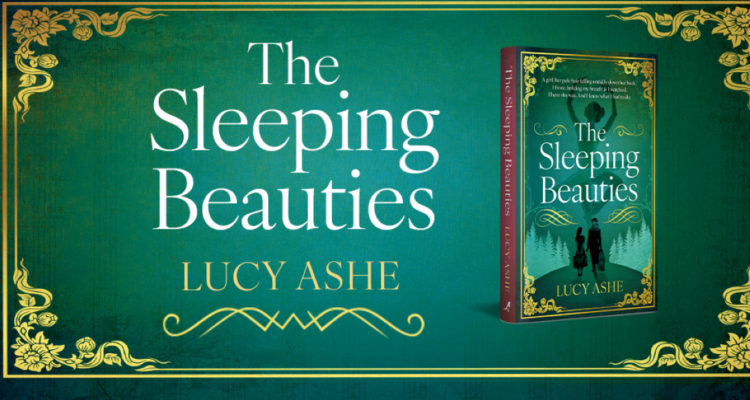‘Sleeping Beauties’ is Lucy Ashe’s second novel, coming swiftly after ‘Clara & Olivia’, reviewed here last year. It explores similar territory but with greater layered depth and technical sophistication. At its heart is a deep understanding of the history of the Sadler’s Wells (later Royal) Ballet in the middle decades of the twentieth century which provides both the historical framework and imaginative point of departure for the novel. Just as with its predecessor, there is a keen awareness of and determination to depict the sheer level of hard work, sweat and tears in the daily lives of ballet dancers, and a determined revelation of quite how difficult it is to marry up professional discipline with time and space for affairs of the heart.
Whereas her first novel juggled the perspectives of twin sisters, here Ashe provides several narrators, some more reliable than others, and a slalom course of time switches. There are multiple plot twists, with levels of reveal of Dickensian daring. Several key themes are channelled through the characters – motherhood, the rights and burdens of women at a key period of transition in their collective history, family tensions across generations, and the possibilities and limitations of female friendships. A triangular force-field centres the discussion, represented by Rosamund, a middle-aged custodian of a Devon manor, her daughter Jasmine, obsessed with ballet, and the mysterious dancer, Briar, who intrudes elegantly into their lives, and will not be denied. Alongside and around them are arrayed a wide range of supporting characters drawn from their pre- and post-war lives, some historical and others imagined, who are all vividly characterised.
Ashe has a gift for building suspense and writing thrilling set-pieces. These are based on meticulous historical research that is fully integrated into the narrative – the graft between history and imagination is seamless. In this novel there is a remarkable action sequence that brings to life an episode of which I was wholly unaware – the Sadler’s Wells tour of the Netherlands that coincided with the German invasion of May 1940. This nightmare experience in which much of their theatrical baggage was lost, but saw the company escape, is realised with authentic precision and dramatic vividness that compels admiration. Likewise, the climax of the novel, which takes place within the maze of backstage corridors at Covent Garden takes full advantage of detailed local knowledge while also evoking memorably the experience of a theatre coming back to life after wartime closure.
The parallels with the ballet ‘Sleeping Beauty’ go deep and again represent a further advance on the previous novel. All of the characters have secrets and in a sense are waiting to be awakened in ways that they cannot predict or know. Briar in particular can only be understood fully in relation to the rival roles of the Lilac Fairy and Carabosse, both of whom she partly resembles. Ashe is deeply aware that the originals of the narratives that form the plots of core nineteenth-century ballets were much darker and more murderous than what we see on stage. It is in channelling that unsettling, even murderous, aspect so skilfully that she creates murky depths in her characters below the glittering and charming surfaces she so memorably describes.
This is a novel that can and should be read as a thriller with a mystery, but then should be read several times again as social history. There are exquisite evocations of London even in post-war drabness, and a finely balanced account of the the glories and deceits and temptations of the world of classical dance. It is also a work of feminist fiction that is full of heart, but also unflinching in describing a world still full of obstacles as well as opportunities.

